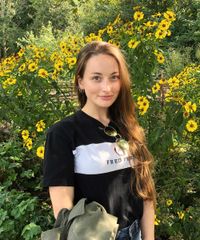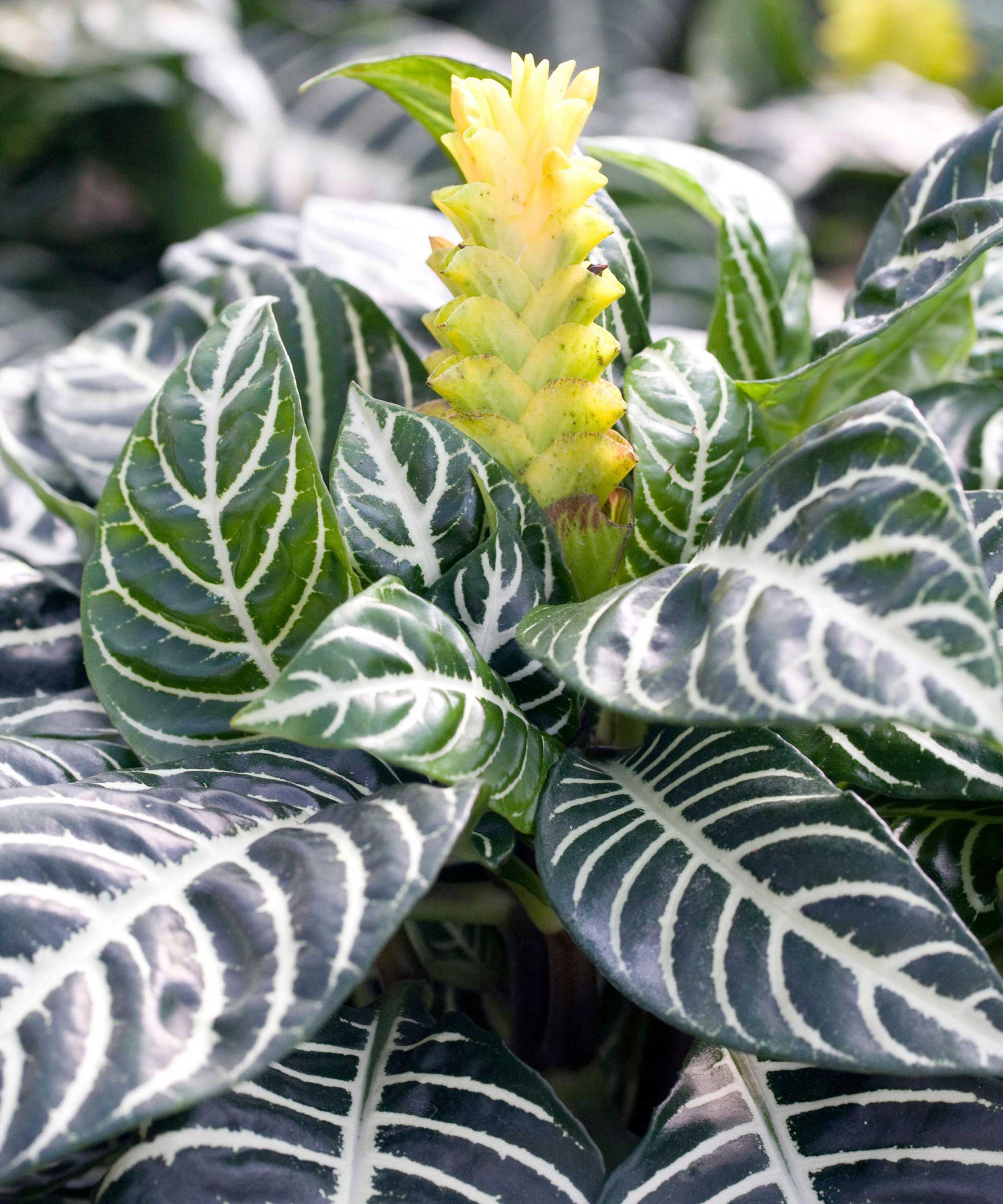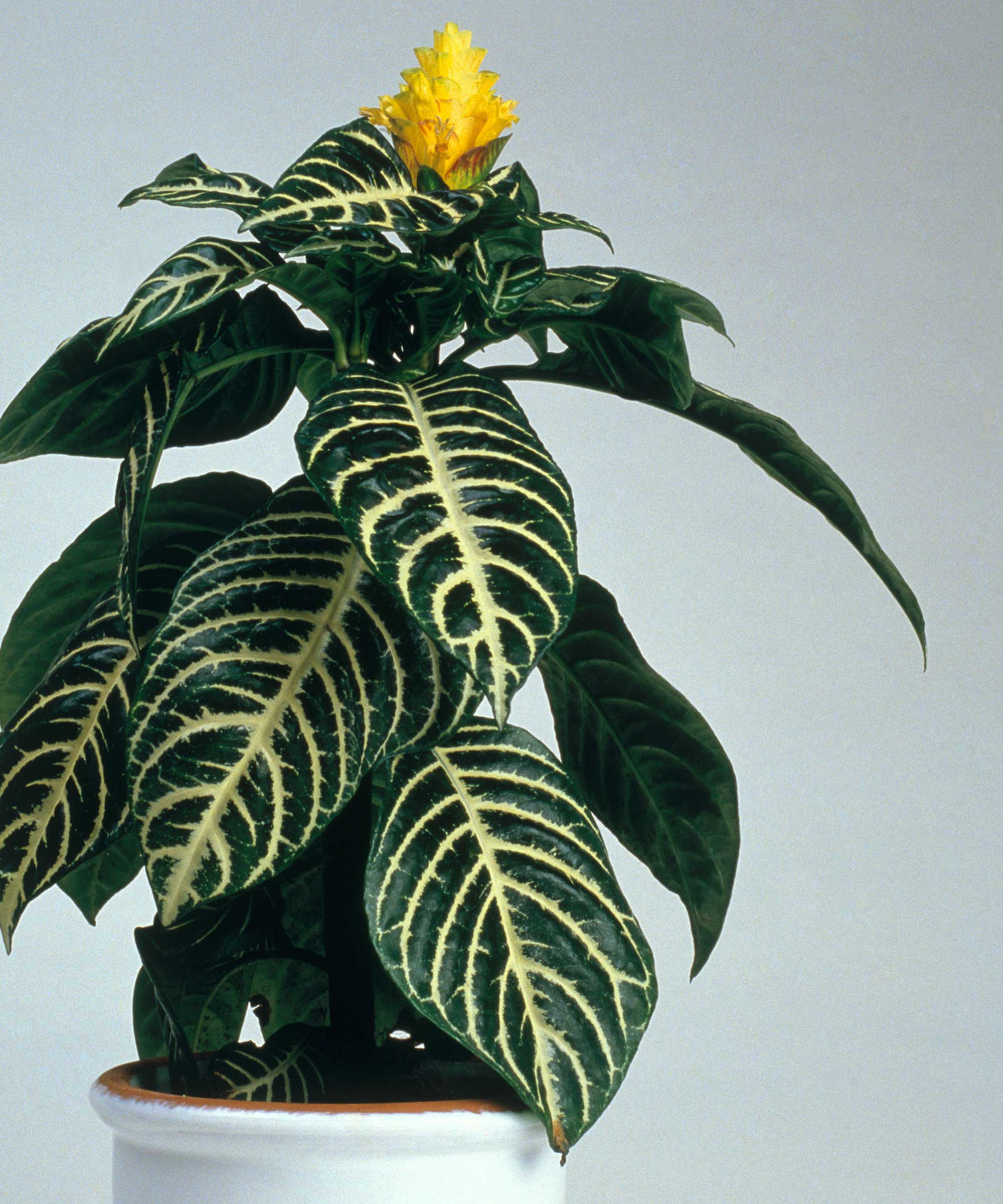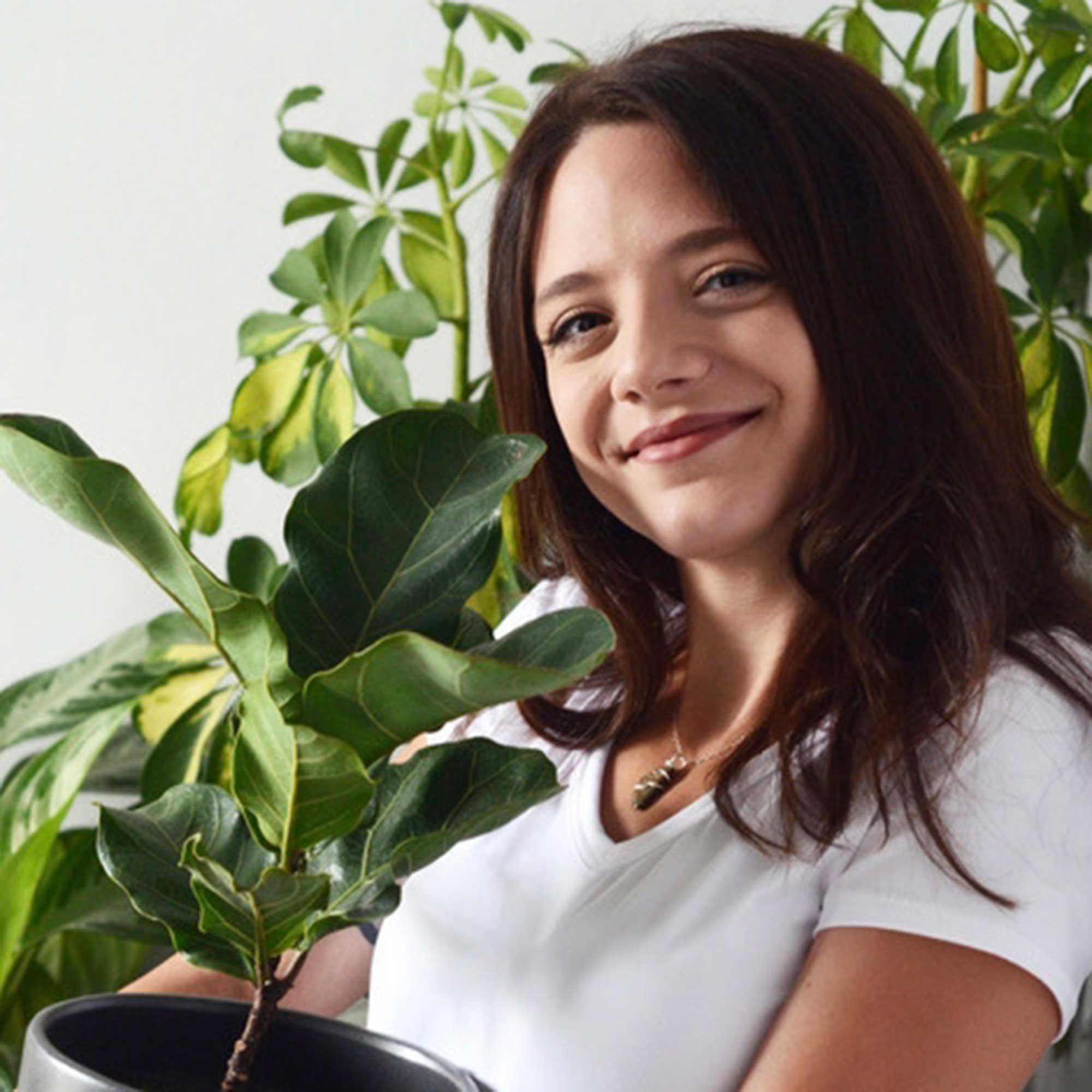How to care for a zebra plant – expert tips to keep these fabulous houseplants healthy
Plant pros share their advice, including essentials on watering, lighting, and pest control


Q: A friend recently gave me a potted zebra plant, also known as Aphelandra squarrosa. I have quite a few houseplants already but have never seen one of these before. I'm not sure how to look after it – do you have any pointers?
A: Aphelandra squarrosa are lesser known than classic indoor plants such as monsteras, pothos, and fiddle leaf figs, but they are well worth adding to an interior scheme. Their common name comes from their foliage, which has striking white veining against glossy green. And if you're lucky and conditions are right, you may be treated to a yellow flower or two.
To get these tropical indoor plants to thrive, you'll need to provide the perfect growing environment. Below, houseplant experts share their advice on humidity, location, and more.

Zebra plants are eye-catching additions to the home
3 top tips for zebra plant care
Zebra plants will brighten up any room, whether you're looking for a bedroom plant or a kitchen plant.
Kiersten Rankel of plant-care app Greg says they look stunning in a variety of planters – from sleek, modern pots to boho hanging baskets. 'Their eye-catching foliage pairs beautifully with other colorful, patterned plants like calatheas or crotons, or you can let them shine solo as a statement piece,' she adds.

Kiersten Rankel is a certified Louisiana Master Naturalist and regularly volunteers with local community gardens and nonprofits to help restore critical ecosystems along the Gulf Coast. She earned her master's degree from Tulane University in Ecology and Evolutionary Biology after her undergraduate degree in Environmental Biology, also from Tulane. In her spare time, she enjoys hiking and tending to her 150+ houseplants and vegetable garden.
1. Provide enough light

These plants need plenty of light, but avoid direct sun
Kiersten says zebra plants prefer bright, indirect light. 'A spot near an east- or west-facing window is ideal, where they can soak up some gentle rays without being scorched by direct sun.
'If you notice the striping on their leaves fading, that's a sign they're craving more light,' she adds.
Design expertise in your inbox – from inspiring decorating ideas and beautiful celebrity homes to practical gardening advice and shopping round-ups.
Paris Lalicata from The Sill adds that you can provide a grow light if natural lighting isn't enough. We like the look of these dimmable LED lights from Amazon which can be clamped onto a table or desk.

Paris has been with The Sill for almost five years and heads up Plant Education and Community. A self-taught plant expert with over 10 years of experience growing houseplants, she currently maintains an indoor garden of more than 200 plants in the northeast. Her passion is making plant care more digestible for budding plant parents and sharing the many benefits of having plants indoors.
2. Keep humidity levels up

Naturally humid, a kitchen is a well-suited place for these plants
Kiersten notes how humidity is key for these jungle natives, so recommends placing them near a humidifier or on a pebble tray.
You could also spray them regularly with a plant mister, such as this glass one from Amazon which has a vintage look.
On the topic of H2O, Kiersten says these plants like their soil to be kept consistently moist, but not soggy. Autumn Janus of Perfect Plants Nursery underlines the dangers of overwatering: it can lead to root rot and leaf drop, she warns. 'Ensure proper drainage to prevent waterlogged soil,' she says.
Kiersten recommends watering when the top inch of soil feels dry to the touch. They're not fans of hard water, so if possible, use filtered or harvested rainwater to avoid any brown tips on their leaves, she adds.

Autumn is a horticulture specialist and marketing professional at Perfect Plants Nursery. With four years of experience in the horticulture industry, she has developed a passion for helping people create beautiful indoor and outdoor spaces to enjoy. Her expertise in horticulture encompasses a broad range of activities, including plant care and selection, landscape design, and maintenance.
3. Watch out for pests

Inspect the leaves carefully for interlopers
According to Paris, the zebra plant is pretty easy-going, however it may be susceptible to spider mites.
Kiersten says, 'If you do spot any webbing or stippling on the leaves, give your plant a shower and treat it with an insecticidal soap.' You could try the Garden Safe ready-to-use insecticidal spray from Amazon, for instance, which has lots of great reviews.
Other houseplant pests, including mealybugs, may also make an appearance. Keep an eye out and treat them quickly if spotted.
FAQs
Should you prune zebra plants?
Kiersten says pruning is a great way to keep your zebra plant looking its best. 'Feel free to snip off any yellowing or damaged leaves as needed, and pinch back leggy growth to encourage a fuller, bushier shape,' she instructs. If doing the latter, Paris says to cut at an internode (a space between two leaves), where you'd like the plant to start branching out again.
Always use sharp and clean pruners to avoid damaging your plant. Note that the sap can cause skin irritation, so wear gardening gloves for this task.
How do you propagate zebra plants?
Kiersten says, if you're feeling adventurous, you can propagate your zebra plant by taking stem cuttings. 'Simply snip off a healthy stem, remove the lower leaves, and place it in water or moist soil until roots develop.'
Paris adds, 'Once rooted, you can either plant the cuttings back into the same container to add fullness to the existing plant, or pot separately.'
As with pruning, ensure you're wearing gloves when propagating zebra plants to protect your skin.
Top tip: You can also propagate pothos and jade plants from stem cuttings, as well as many other popular indoor plants.
Looking for more flowering houseplants to accompany your zebra plant? Easy-care peace lilies, orchids, or African violets are beautiful options.

Holly started writing about gardening five years ago, and she is a regular contributor to Homes & Gardens. She has also written many gardening features for Woman & Home and Real Homes, too. She has previous experience as a professional gardener, where she helped to plant and maintain private gardens. Holly has also looked after allotment plots over the years and loves to grow her own flowers and veggies from seed. In her spare time, she enjoys visiting local gardens, botanical drawing, and tending to her ever-growing collection of houseplants.